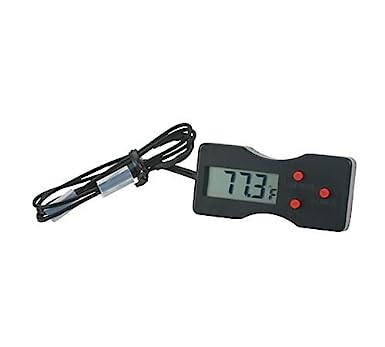lifereinspired
100 mW
Hello,
I'm soon to have a semi custom adaptive tadpole trike. Front wheels are 20",rear is 24". Disc brakes all around. I'm not a mechanic and although I've had some very generous offers from fellow ESers to help me build it up, unfortunately geography plays a big part in this and they are in far corners of the country.
So, it looks like it will be up to me. And I'll definitely need your help!
I guess it's on of two main options a rear hub motor or a mid drive. I've been educating myself about the two types and it seems that the most "elegant" and efficient is the middrive but sometimes, people don't give all the information and I don't know how difficult they are to setup, install, and maintain. I don't want to end up on the side of the road with a screwed up drive. I'm disabled and that just wouldn't be a good scene.
Next is a simple hub drive. It looks easier to install overall and doesn't seem like it would have as much maintenance. I'd need direction as to what to do and the best options for my setup and situation.
Just as an FYI for background info, I live in a very hilly area and have to tackle a pretty major hill to get almost anywhere. With the hills in mind, I don't know if geared or direct drive is going to work best in my situation. And the tadpole weighs more than the average bike, obviously.
Any thoughts, advice, insight, ideas, recommendations etc would be super helpful. The only really simple kit I know of at this point is the Golden Motor Magic Pie 3 setup. But please don't take that as what I want to use! It's just a starting point.
Two other pieces of info. I currently have a rear 24"wheel on my setup but it can take 20,24, or 26" wheel. That means that piece is flexible with what you think will perform best. I'm told larger wheel equals speed a degenerative smaller, a hill climber. The 24" is the compromise. I have 24 gears on the trike and it has under seat steering. I'm guessing I want to run my system at 48v? I know volts = speed and ah=longer distance capable. But I'm not clear what is needed on hills... I'm thinking power so higher volts and the ah let's me go father with that power. If any of my understanding of how this works, please correct me.
Hopefully that's plenty to start with. If I've missed something you need, please let me know.
Thanks so much!
Take care.
I'm soon to have a semi custom adaptive tadpole trike. Front wheels are 20",rear is 24". Disc brakes all around. I'm not a mechanic and although I've had some very generous offers from fellow ESers to help me build it up, unfortunately geography plays a big part in this and they are in far corners of the country.
So, it looks like it will be up to me. And I'll definitely need your help!
I guess it's on of two main options a rear hub motor or a mid drive. I've been educating myself about the two types and it seems that the most "elegant" and efficient is the middrive but sometimes, people don't give all the information and I don't know how difficult they are to setup, install, and maintain. I don't want to end up on the side of the road with a screwed up drive. I'm disabled and that just wouldn't be a good scene.
Next is a simple hub drive. It looks easier to install overall and doesn't seem like it would have as much maintenance. I'd need direction as to what to do and the best options for my setup and situation.
Just as an FYI for background info, I live in a very hilly area and have to tackle a pretty major hill to get almost anywhere. With the hills in mind, I don't know if geared or direct drive is going to work best in my situation. And the tadpole weighs more than the average bike, obviously.
Any thoughts, advice, insight, ideas, recommendations etc would be super helpful. The only really simple kit I know of at this point is the Golden Motor Magic Pie 3 setup. But please don't take that as what I want to use! It's just a starting point.
Two other pieces of info. I currently have a rear 24"wheel on my setup but it can take 20,24, or 26" wheel. That means that piece is flexible with what you think will perform best. I'm told larger wheel equals speed a degenerative smaller, a hill climber. The 24" is the compromise. I have 24 gears on the trike and it has under seat steering. I'm guessing I want to run my system at 48v? I know volts = speed and ah=longer distance capable. But I'm not clear what is needed on hills... I'm thinking power so higher volts and the ah let's me go father with that power. If any of my understanding of how this works, please correct me.
Hopefully that's plenty to start with. If I've missed something you need, please let me know.
Thanks so much!
Take care.


